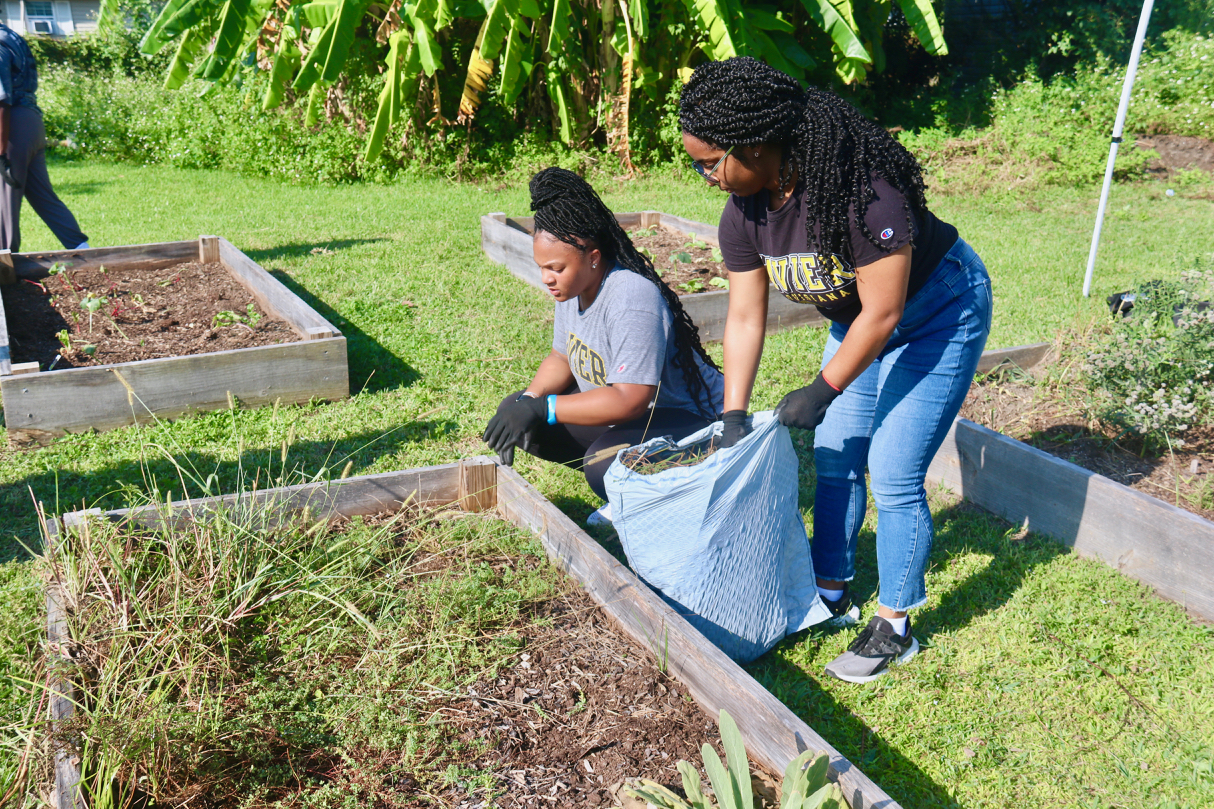The pursuit of economic justice often feels like an endless battle, much like the myth of Sisyphus pushing a boulder up a hill only to have it roll back down again. While progress can be made and harm can be reduced, the ongoing struggles can take a toll, especially when dealing with issues such as budget problems at the state and federal levels. However, instead of fighting against unjust systems, there is another option: building positive alternatives.
One approach to creating a more just and sustainable economy is through the concept of a “solidarity economy.” This movement prioritizes people and the planet over endless profit and growth. Examples of solidarity economy practices can be found in Indigenous survival and sustainability methods, cooperatives, community land trusts, credit unions, peer lending, mutual aid, community-led economic development, bartering, community-supported agriculture, and fair trade products. Additionally, informal ways in which family, friends, and neighbors come together to support each other are also part of the solidarity economy.
For instance, in my rural community on a country road, neighbors come together to help each other in times of need. When a tree falls across the road
